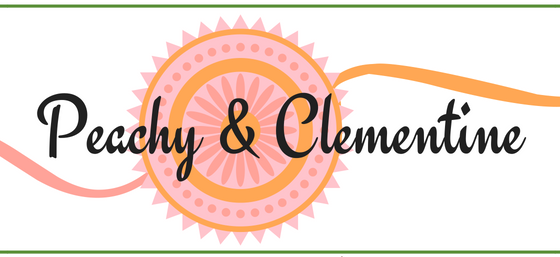The Plunk Effect: How Babies Learn Cause and Effect Through Play
My days are packed with experiments, observations, and breakthroughs, all in the name of infant cognitive development. You see, we babies are experts in learning through play. Every rattle shake, every spoon drop, and every squishy squeeze is part of a grand investigation. I’m currently focused on learning cause and effect, which means I must repeat actions, test variables, and analyze outcomes.
A baby’s work is never done. People don’t realize how busy we babies are. There is important business that we must attend to every day. There are no weekends or holidays when you’re a baby. We have no such luxuries. We must squeeze as much productivity as possible into every single day.
Much of our time is consumed with important research and experimentation. We babies are always coming up with new theories, and each theory needs to be thoroughly tested before it can be called valid and reliable. We collect important data in the name of science!
I have been working on this one particular project for a while, and I think that I’m on the verge of a breakthrough. It’s a revolutionary concept currently in the final stages of testing. I call it the Plunk Effect.
A while back I told you that I sometimes go plunkers during my sitting exercises. My recent experiments indicate that other things can go plunkers too. In fact, just about anything can go plunkers if you really put your mind and some muscle into it.
The Science of Learning Cause and Effect
This project has been an epic undertaking, and I have enlisted Mommy to be my assistant for the experimentation phase. We conduct the experiments on the couch. We sit side by side, and Mommy pulls out toys from the bin and hands them to me one at a time. These experiments really are much easier with an assistant.

I take a toy and study it for a while. It’s important to turn it this way and that way to get a good look from all angles. Once I am satisfied, I wind up and throw. The toy must make it over the edge of the couch because if it doesn’t, I have to start over.
The toy should make a plunk sound at some point during this process. Some toys make louder plunks than others. I prefer the really noisy ones, but Mommy likes those that barely make any plunk at all. Everyone is entitled to their opinion.
Once a toy is thrown, it is imperative to look over the edge to make sure that the toy is in fact on the ground as expected. Occasionally I can’t find one on the floor, and then I have to sit and ponder for a moment. After a good pondering and a second look, the experiment must resume.
I am yet to find an object that won’t go plunkers. Some may take more coaxing than others, but they all go plunkers in the end. Science takes a lot of perseverance and dedication. It’s hard work, but somebody has to do it.
And so concludes another productive session in the field of infant cognitive development. Through my rigorous toy-tossing trials, I continue learning cause and effect with every plunk, bounce, and unexpected disappearance. It may look like mischief to the untrained eye, but this is learning through play at its finest. Tomorrow, the research resumes with new variables, new data, and maybe even a new toy. The pursuit of knowledge never sleeps.
If you enjoyed our post consider sharing it on social media.
Discover more from Peachy and Clementine
Subscribe to get the latest posts sent to your email.
